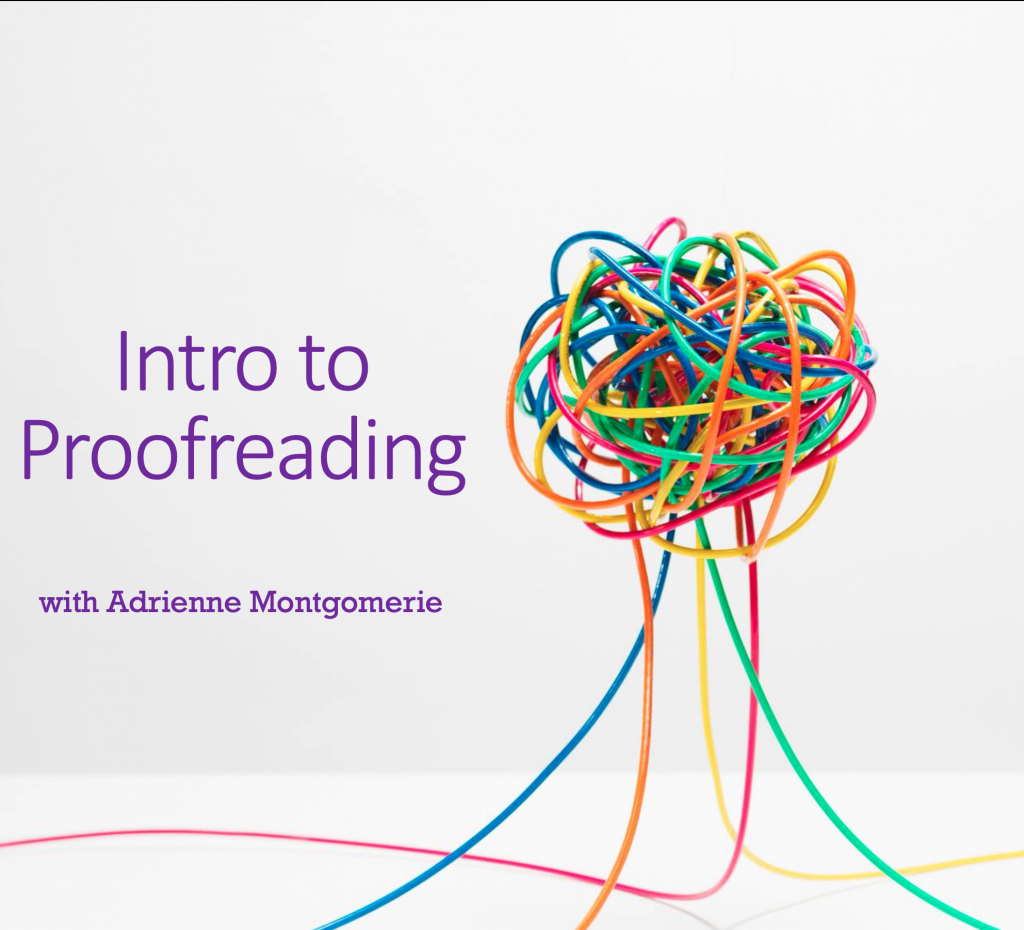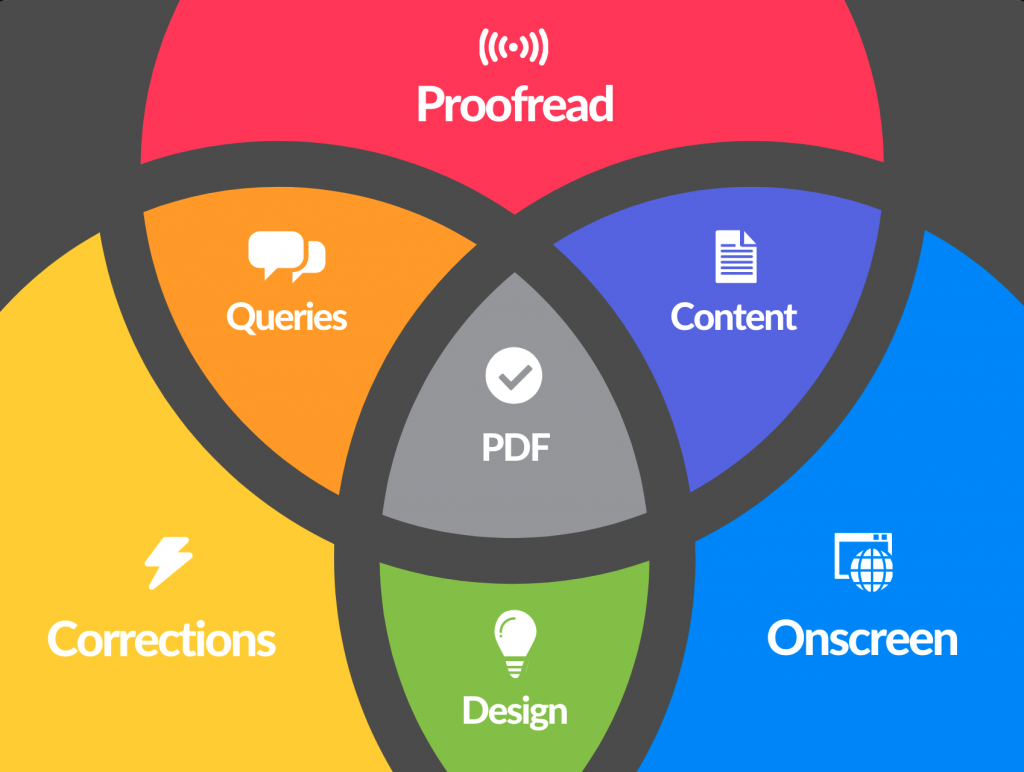No matter what kinds of materials they are involved in publishing, writers and editors face a variety of business and legal risks. Risks can relate to getting paid, doing the job right, obeying laws related to business operations and taxes, and helping writers avoid plagiarism, fraud, libel, and copyright violation.
When risks can’t be avoided, the aim is to mitigate, offset, or control them, or simply accept them! A lingering “error” in the manuscript? Unavoidable. A project inciting violence? Perhaps best turned down.
There are many tomes written explaining the myriad ways to manage risk. The definitions that follow barely scratch the surface, but they’ll point you in the right direction.
Mitigate the Risk
It is possible to reduce how much the editor or writer is exposed to risk. That might mean using checklists while working and taking ongoing training (professional development). It could mean getting a 50% deposit for the contracted work. Or it might mean refusing to sign indemnification clauses that make you wholly responsible for libel or injury a reader might experience from following advice or procedures in the text.
Hiring a lawyer to review contracts, or setting up business as a limited liability corporation (or incorporating) helps limit your personal exposure to financial losses.
Backing up files reduces the risk of losing a project. And keeping notes and having a business executor helps lower the potential losses (to your clients) arising from your unexpected critical illness or death.
Offset the Risk
Risks can be assigned to others. For example, by hiring an accountant, an editor assigns (some of) the risk related to tax filing to an expert who has their own systems for handling the related risks. Buying errors and omissions insurance assigns that category of risk to the insurance company. Insurance means (only) that the editor doesn’t have to pay fully for the risk.
Control the Risk
Checklists go a long way toward controlling risks. They help you to ensure that every step in the process is done every time, in the most effective order.
Some also have the option to turn down assignments that expose them to a lot of risk. Health claims and legal advice, libellous or plagiarized material might be refused as a way to control risk, for example.
When the assignment can’t be refused (pitty the powerless employee) or doesn’t quite cross the line of concern, you can flag concerns and keep a record of related correspondence with the client or boss. This “paper trail” may be the only evidence you have to defend yourself against legal action. (See more advice on this in the post on NDAs.)
Just as the publisher might ask you to sign an indemnification clause, an editor or publisher could ask a writer to sign a clause relieving them of responsibility for the content. Whether or not any of those hold up in court is a different discussion entirely.
Accept the Risk
Whitewater paddlers and base jumpers accept the risk in their sport. They get training, participate in the sport with other experienced practitioners, stay close to the limits of their abilities, and wear safety gear in case (or, for when) something goes wrong. To some degree, you have to accept the “risk” (read: reality) that your work won’t be perfect, that the manuscript can and will be altered after it leaves your hands, and that a client might contest payment for the work. Even publishers accept that there will be mistakes; they bank on those mistakes hardly ever requiring a reprint.
Risk tolerance is personal and changeable. Keep asking yourself what you’re comfortable with and how you’ll handle the risks.
Learn the best practices and industry standards as part of your risk-mitigation plan! Start with the documents on industry standards and these courses:
Illustration by Mohamed Hassan from Pixabay.




